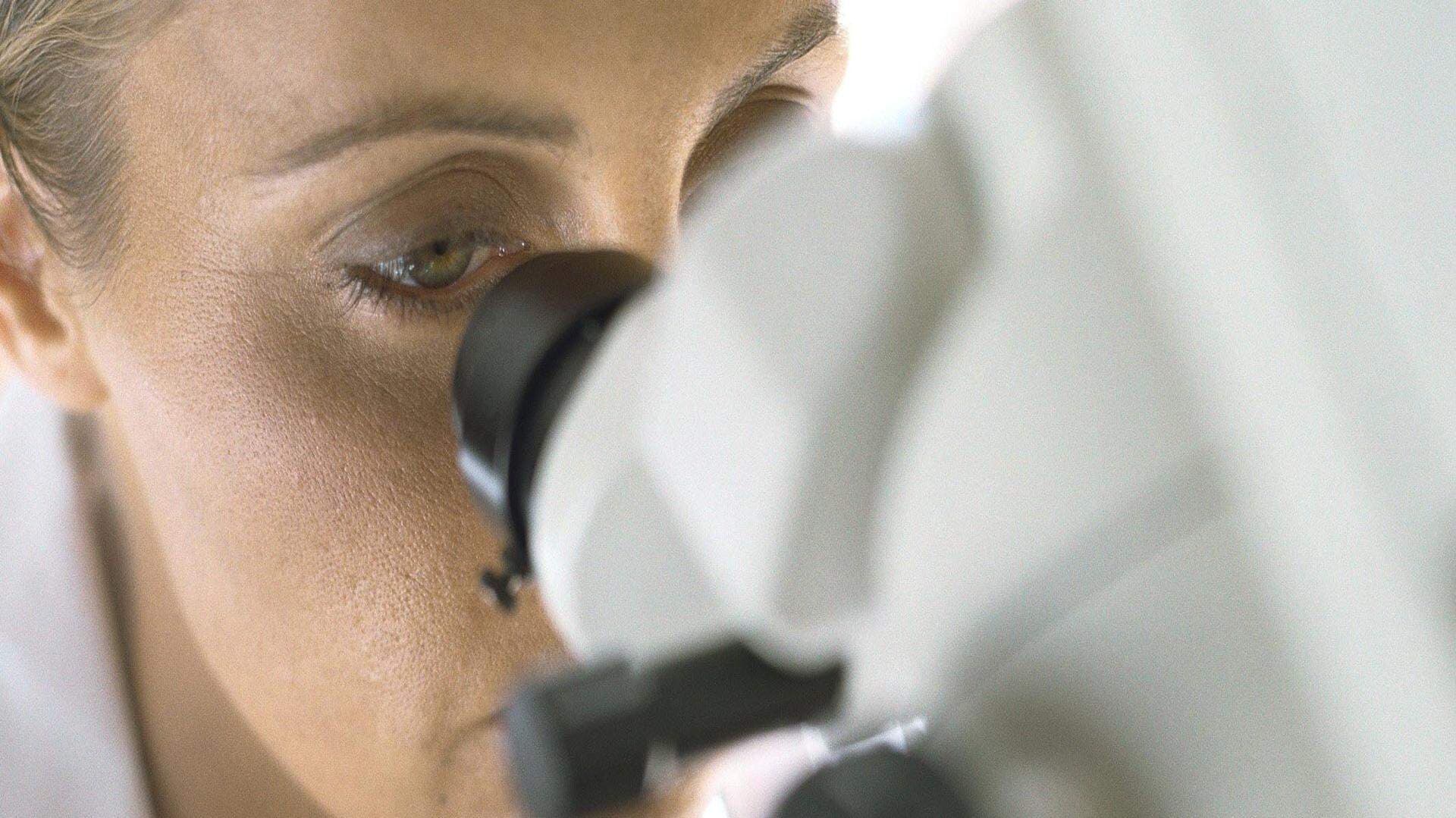The European Innovation Agenda is too much old wine in new bottles
The European Commission has released its European Innovation Agenda. The Confederation of Swedish Enterprise emphasize the fundamental importance of businesses and a bottom-up market approach in building the European prosperity and sustainable development through innovation.

The European Commission has today released its European Innovation Agenda. The Confederation of Swedish Enterprise agree with the Commission that innovation is an essential factor to drive Europe’s competitiveness. It is hard to overstate the importance of innovation for our future prosperity. The knowledge component in relation to capital and labor in driving economic growth and sustainable development has grown steadily for many decades. New technology and new services will be fundamental in coping with societal challenges related to, for example, energy and climate.
Unfortunately for Europe, there are some dark clouds on the horizon. Our continent is still lagging in R&D investments. It is of great importance that the EU close this knowledge gap. A high-cost economy must also be a high-knowledge economy.
Unfortunately for Europe, there are some dark clouds on the horizon.
The response, however, to the lack of investments in knowledge is not more public intervention or state subsidies. It is not replacing international cooperation and trade with the political idea of European strategic autonomy or technological sovereignty. It is about creating the best possible conditions for the market and the great minds to bring forward innovative solutions. It is also about a strengthening the single market and free trade.
Despite the historic evidence of the failure of many public efforts to promote entrepreneurship and innovation, this area has seen a renewed political interest with a new nomenclature. Traditional public intervention and state subsidies are now disguised as, for example, investments for facilitating climate transformation and strategic independence in critical commodities.
The innovation agenda is, to some extent, still the same old wine, tapped into new bottles. Policies related to the flavor of the day, for example so-called deep tech and innovation valleys, are still government interventions and public funding with a high risk of crowding out effects on the market.
The Confederation of Swedish Enterprise wants to emphasize the fundamental importance of businesses and a bottom-up market approach in building the European prosperity and sustainable development through innovation. The strict focus in the innovation agenda on deep tech is to narrow. The scope should be all innovations, from incremental development to more radical inventions.
The European share of the world ICT-related patents is too small in relation to the size of the market and the investments in R&D. This is problematic since intellectual property rights is of critical importance for stimulating business R&D and driving competitiveness. There is also a clear connection between IPR and financing for start-ups.
Closing the knowledge gap
Both the US and China are today investing a larger share of their economy (GDP) in R&D then the EU. This has serious long-term consequences for both our future competitiveness and our skills base. Closing this knowledge gap should be one of the top priorities in a European innovation agenda. Private R&D investments of two percent of GDP should be matched by public investments in R&D of one percent of GDP.
The EU’s current Framework Program for research and innovation, Horizon Europe, is substantial. Increased participation of business in Horizon Europe should be encouraged in all programs. Horizon Europe needs to be attractive to businesses and to a much larger extent focus on precompetitive research in areas with relevance for companies.
The 3-percent target of EU R&D as a share of GDP should be vitalized and a new roadmap on how to reach this goal by 2030 should be established. A European research intensity on a par with the US should not be viewed as unrealistic. It is a matter of moving away from current erroneous priorities and improving framework conditions for businesses to invest in R&D.